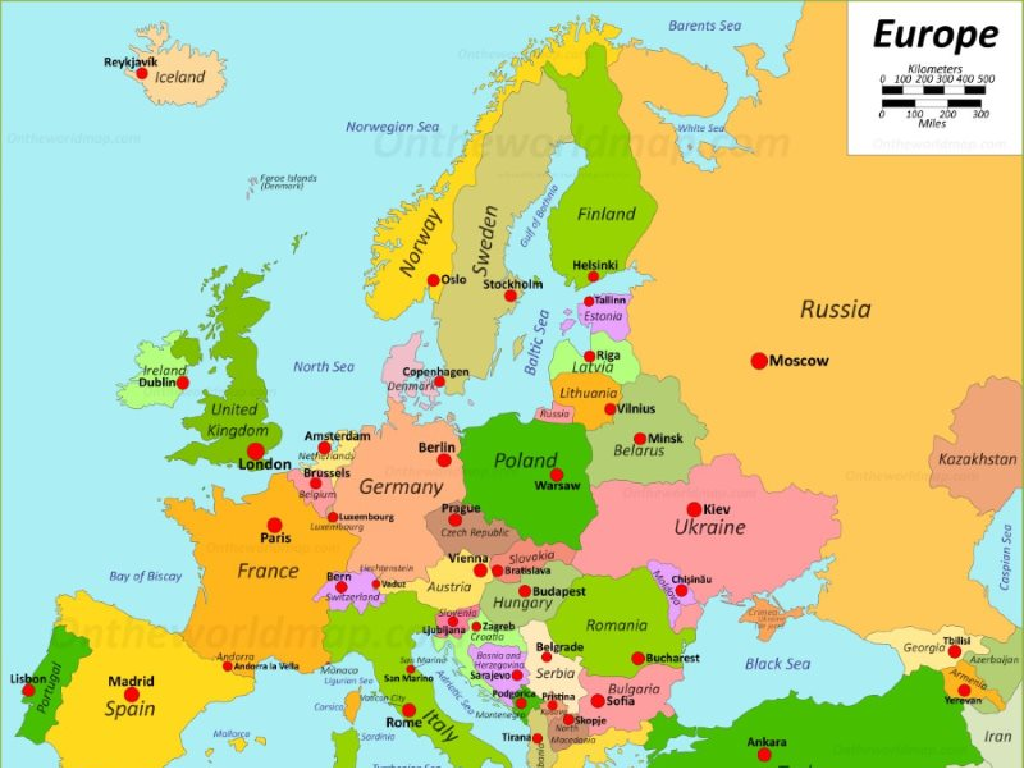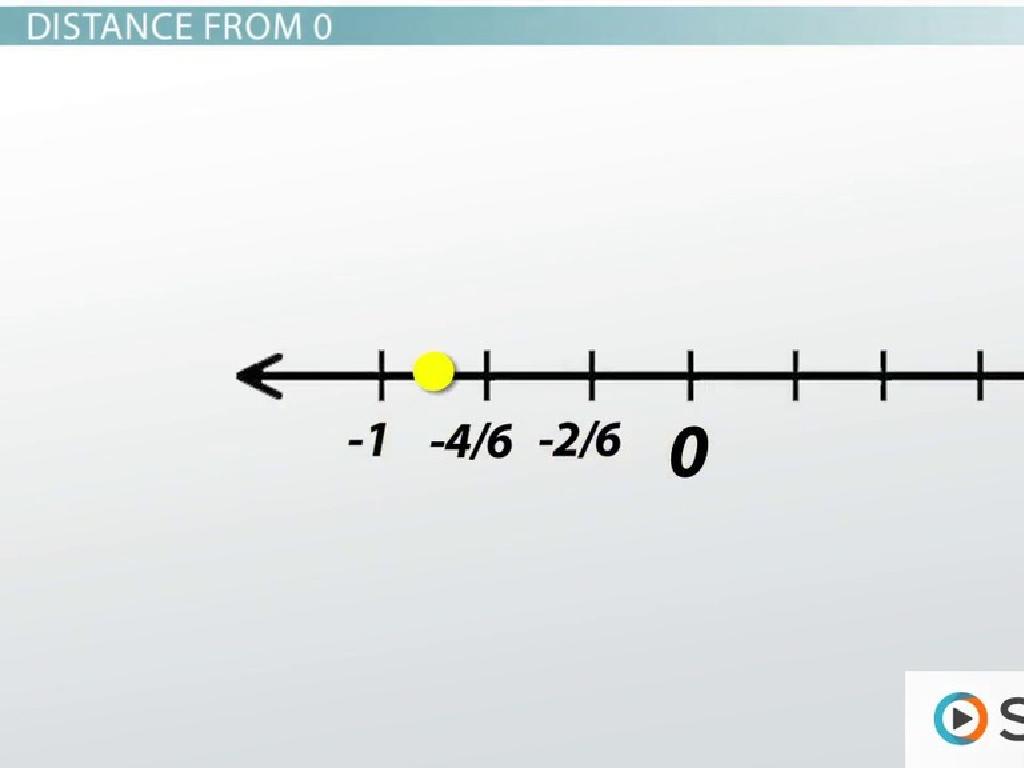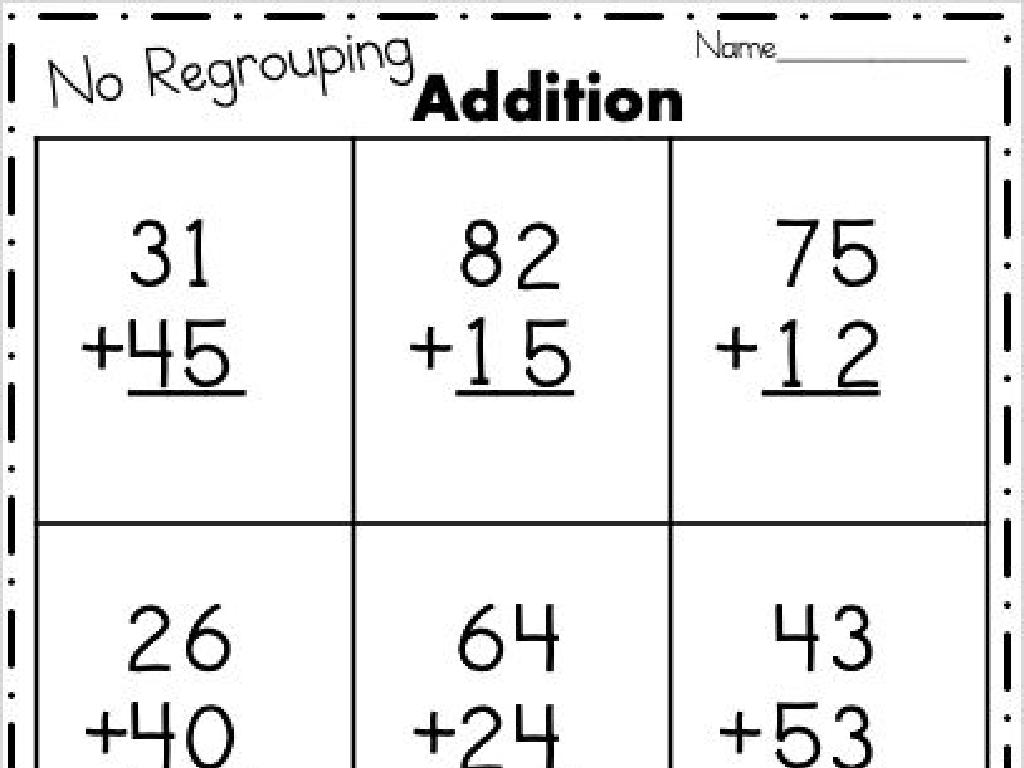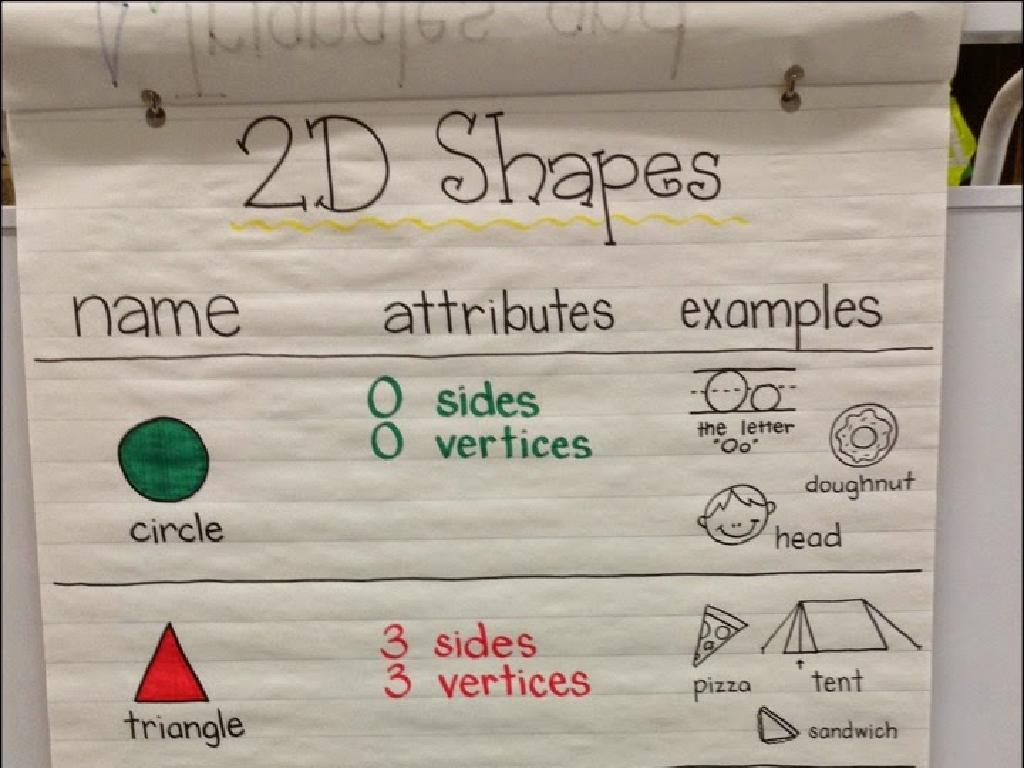Well, Better, Best, Badly, Worse, And Worst
Subject: Language arts
Grade: Seventh grade
Topic: Adjectives And Adverbs
Please LOG IN to download the presentation. Access is available to registered users only.
View More Content
Exploring Adjectives and Adverbs
– Understanding adjectives and adverbs
– Adjectives describe nouns, adverbs describe verbs.
– Adding flavor to sentences
– They make our sentences more vivid and precise.
– Comparative and superlative forms
– Comparative forms compare two things, superlative forms compare three or more.
– Today’s focus: Well, better, best, badly, worse, worst
– Examples: good (well), better, best; bad (badly), worse, worst.
|
This slide introduces students to the role of adjectives and adverbs in language and how they enhance our communication by adding detail and depth to our sentences. Emphasize the difference between adjectives and adverbs, and how they are used to describe nouns and verbs, respectively. Highlight the importance of comparative and superlative forms in making comparisons. Use ‘well’ and ‘badly’ as adverbs, and ‘good’ and ‘bad’ as their adjective counterparts to illustrate the concept with familiar words, progressing to their comparative and superlative forms. Encourage students to think of more examples and use them in sentences to grasp the concept better.
Exploring Adjectives and Adverbs
– Adjectives describe nouns
– ‘Quick’ and ‘brown’ describe the fox
– Adverbs modify verbs and more
– ‘Quickly’ modifies the verb ‘jumps’
– Identifying adjectives in sentences
– Find adjectives in a sample sentence
– Recognizing adverbs in sentences
– Locate adverbs in a given sentence
|
This slide introduces the basic concepts of adjectives and adverbs to seventh-grade students. Adjectives are words that describe nouns, giving more information about things like color, size, and quantity. Adverbs, on the other hand, modify verbs, adjectives, or other adverbs, often telling how, when, where, or to what extent an action is performed. To practice, students will identify adjectives and adverbs in example sentences. Encourage them to think about the role each word plays in the sentence. For instance, in the sentence ‘The quick brown fox jumps quickly over the lazy dog,’ ‘quick’ and ‘brown’ are adjectives describing the fox, while ‘quickly’ is an adverb modifying the verb ‘jumps.’ This exercise will help students understand how these parts of speech function and enhance their writing skills.
Comparatives and Superlatives
– Comparatives: comparing two
– Use ‘better’ for good, ‘worse’ for bad
– Superlatives: describing extremes
– ‘Best’ for the very good, ‘worst’ for the very bad
– Forming comparatives
– Add ‘er’ to short adjectives, use ‘more’ for longer ones
– Forming superlatives
– Add ‘est’ to short adjectives, use ‘most’ for longer ones
|
This slide introduces students to comparatives and superlatives, which are forms of adjectives and adverbs used to compare things and describe extremes. Comparatives, like ‘better’ or ‘worse,’ are used when talking about two things. Superlatives like ‘best’ or ‘worst’ are used when discussing one thing in relation to a group. Teach students the rules for forming comparatives and superlatives, which typically involve adding ‘er’ or ‘est’ to short adjectives or adverbs, or using ‘more’ or ‘most’ with longer words. Provide examples and practice sentences to help students understand the concept. Encourage them to think of their own examples and to be aware of irregular forms.
Understanding Adverbs: Well, Better, Best
– ‘Well’ as an adverb of manner
– Describes how an action is performed, e.g., ‘She sings well.’
– Comparative ‘better’ usage
– Used to compare two actions, e.g., ‘She sings better than her friend.’
– Superlative ‘best’ in context
– Used to indicate the highest degree, e.g., ‘She sings the best in her class.’
– Practice with examples
|
This slide introduces students to the adverb ‘well’ and its comparative and superlative forms ‘better’ and ‘best.’ Begin by explaining that ‘well’ is an adverb that modifies verbs to describe how something is done. Then, discuss ‘better’ as the comparative form used when comparing two actions or performers. Lastly, explain ‘best’ as the superlative form used to show the highest degree of quality among three or more subjects. Encourage students to come up with their own sentences using these adverbs. Provide additional examples and create practice exercises where students can fill in the blanks with the correct form of the adverb.
Understanding Degrees of Comparison
– ‘Badly’ as an adverb
– Describes performing with poor quality or skill
– Comparative ‘worse’
– Indicates inferior performance compared to another
– Superlative ‘worst’
– Signifies the lowest quality of performance in a group
– Usage in performance context
|
This slide focuses on the adverb ‘badly’ and its comparative and superlative forms, ‘worse’ and ‘worst’. Begin by explaining that ‘badly’ is used to describe an action done in an unsatisfactory manner. Then, discuss how ‘worse’ is used to compare two actions, indicating that one is less satisfactory than the other. Lastly, ‘worst’ is the superlative form used to describe the lowest quality of performance among a group. Provide examples in a performance context to help students understand the practical application of these words. Encourage students to come up with their own sentences using ‘badly’, ‘worse’, and ‘worst’ to reinforce their understanding.
Using Comparatives and Superlatives
– Rules for comparatives and superlatives
– Add ‘er’ for comparative, ‘est’ for superlative
– Irregular forms: good, better, best
– ‘Good’ becomes ‘better’ (comparative), ‘best’ (superlative)
– Irregular forms: bad, worse, worst
– ‘Bad’ becomes ‘worse’ (comparative), ‘worst’ (superlative)
– Practice sentence creation
– Use these words in sentences to show comparison
|
This slide introduces students to the concept of comparatives and superlatives, focusing on the rules for their use and the irregular forms of ‘good/bad’. Start by explaining that comparatives are used to compare two things, while superlatives are used for three or more. Highlight that most adjectives and adverbs follow the regular ‘er/est’ rule, but some, like ‘good’ and ‘bad’, have irregular forms. Provide examples and encourage students to create their own sentences using these words to solidify their understanding. In the next class, review the sentences they’ve created to ensure proper usage and understanding of these comparative and superlative forms.
Comparative and Superlative Hunt Activity
– Search for comparatives and superlatives
– Look in magazines/books for ‘better’, ‘worse’, etc.
– Create a chart of your findings
– Organize words into a comparative/superlative chart
– Choose your best examples
– Select examples that stand out to you
– Share with the class
– Be ready to explain why you chose them
|
This activity is designed to help students recognize and understand the use of comparative and superlative adjectives and adverbs in context. By searching for these words in real-life materials, students will see how they are used in everyday language. Instruct students to create a chart that categorizes their findings into comparatives and superlatives, enhancing their organizational skills. Encourage them to look for creative or unusual examples to share with the class. This will foster a deeper understanding and help them remember these forms. Provide guidance on how to explain their choices, focusing on the context in which the words were used and their effectiveness in conveying meaning.
Class Activity: Crafting Sentences with Comparatives and Superlatives
– Write sentences with ‘well, better, best’
– Use each word in a unique sentence
– Write sentences with ‘badly, worse, worst’
– Reflect on how ‘worse’ differs from ‘worst’
– Pair up and share your sentences
– Discuss the use of each word
– Why did you choose those sentences? How do the adjectives and adverbs change the meaning?
|
This activity is designed to help students understand the use of comparative and superlative adverbs and adjectives. Students will write sentences using ‘well, better, best’ to grasp the progression of improvement and ‘badly, worse, worst’ to understand the degrees of negativity. After writing, they will pair up to share their sentences, providing an opportunity to discuss and learn from each other’s examples. Encourage students to think creatively and use a variety of subjects in their sentences. As a teacher, prepare to guide them through understanding the context in which these words can be used and the subtle differences in their meanings. Possible activities: one student could write about personal achievements, another about a sports team’s performance, and another about the quality of movies they’ve seen.
Wrapping Up: Adjectives and Adverbs
– Review adjectives and adverbs
– Homework: Craft a short story
– Use your imagination and create a narrative
– Include 5 comparative/superlative forms
– Examples: ‘better than’, ‘the worst’, ‘the best’
– Share your story next class
|
As we conclude today’s lesson, let’s recap the key points about adjectives and adverbs. Remember, adjectives describe nouns, and adverbs modify verbs, adjectives, or other adverbs. For homework, students are to write a creative short story incorporating at least five examples of comparative and superlative forms. This will help them apply what they’ve learned in a fun, engaging way. In the next class, students will have the opportunity to share their stories, which will not only enhance their understanding of the concepts but also develop their storytelling and public speaking skills. Encourage creativity and remind them to use the comparative forms (e.g., ‘better’, ‘worse’) and superlative forms (e.g., ‘best’, ‘worst’) correctly to describe actions and characteristics within their stories.






